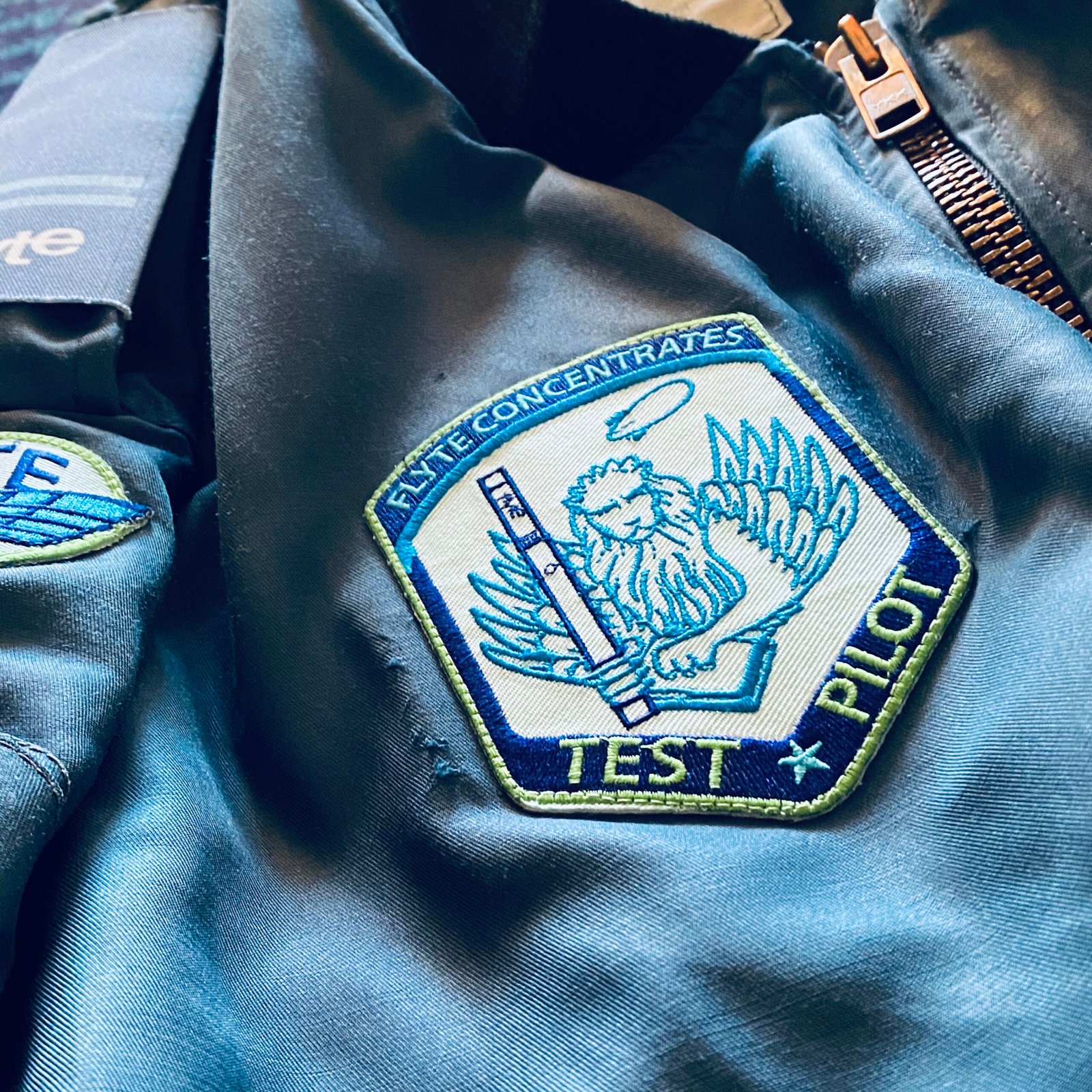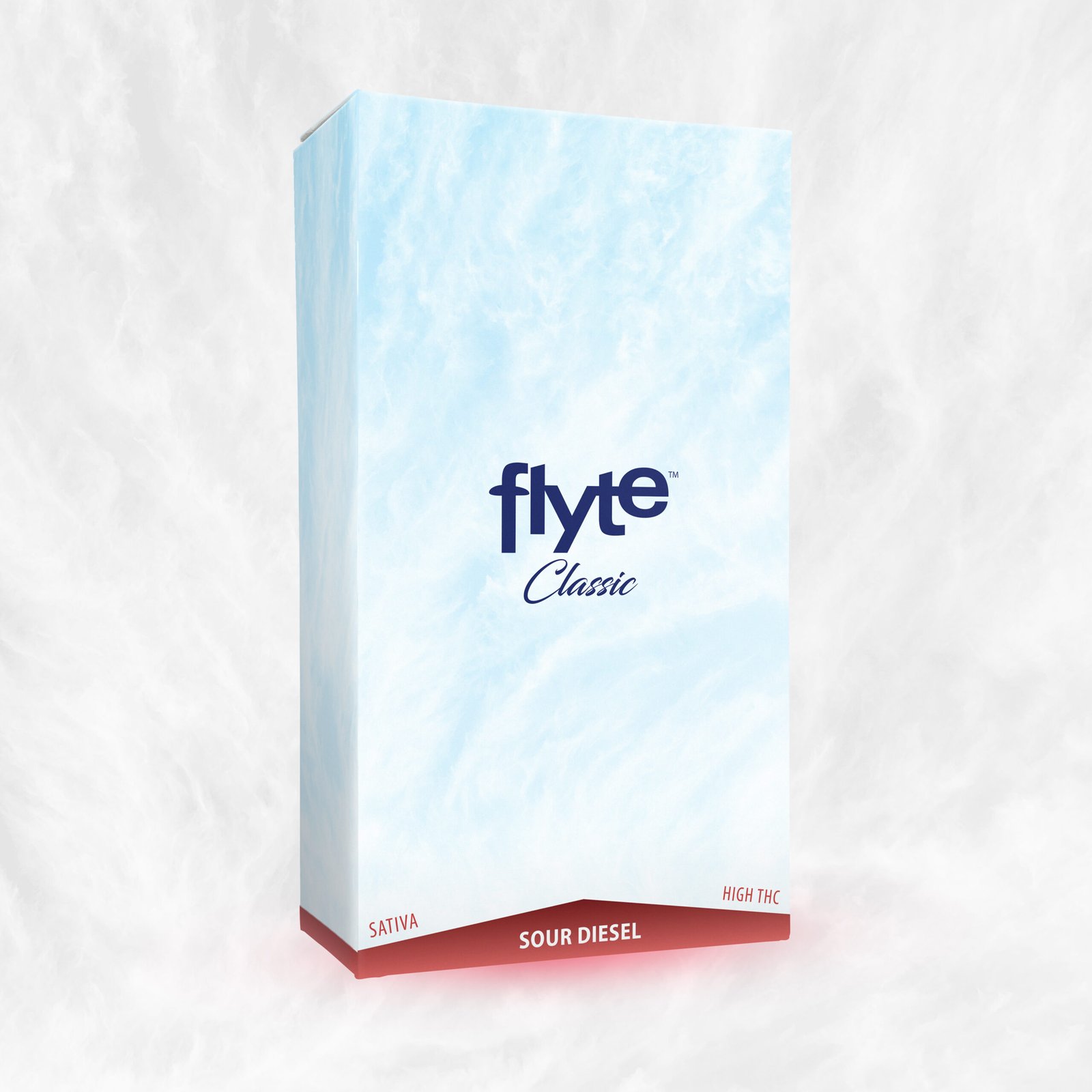Flyte Brand
When it first launched, the Flyte brand was positioned to be the antithesis of the “how high” culture of the day. The positioning, name, messaging, packaging and approach were not created to speak to the idea of getting ripped but to speak to being part of a consumer’s lifestyle. The same way breweries aren’t in the business of “getting you drunk,” Flyte was about more than “getting you high.”
This was a by-the-numbers brand development. Brand visioning and positioning led to name development, which then led to identity and retail packaging. Then launch at 420 in Vancouver.
In the launch year, the 5m Flyte blimp was the only aerial device over Vancouver’s Sunset Beach. The next year the skies were filled like it was London during the Blitz. Any media coverage of the event had the blimp in it (unless they were using archive footage).
A name like Flyte had a lot of hooks. In-Flyte service (with service trollies crafted from IKEA carts), boarding passes, test pilots, ACE (Amazing Customer Experience) retail program, Flyte School for dispensary staff.
The packaging for the US brand licensee in Nevada was more Sephora than Spicoli. The container was clear PET plastic with minimal ink coverage to show the product suspended in the box, using a bowed PET insert to hold the product.
Trade shows and activations featured Flyte attendants (male and female), educating and promoting off of the in-Flyte service trollies. Swag, of course, included Flyte wings, test pilot patches and air fresheners in the shape of the now-synonymous blimp. The brand was often out-spent by the competitive set at shows, but the buzz was most always Flyte.
The Flyte website and social feeds featured video created in-house supported by multiple custom soundscapes, also produced in-house.
The plan for the regulated market was to deploy three products over 18 months from launch. The new Flyte Mach2 cartridge and battery system to lead the charge, the FlyteNav battery for seasoned users and the Flyte Classic cartridge and battery system as a limited edition. Darren spent about 20 days, over two visits, in Shenzhen, the Chinese center of the vape universe.
The 10.5 mm Mach2 cartridge boasted a ceramic core, an impact-resistant, low-profile mouthpiece and a shatter-proof barrel (we could think of few things worse than a consumer dropping and shattering a cartridge they had paid good money for).This was mated to a buttonless, child-resistant draw-powered battery. This was a big deal to Darren. He was looking for the simplicity of the draw-powered battery (like CCELL), but with a child-resistant feature. The result was a battery that was just 3mm taller than the industry-leading CCELL and required three short inhales to activate an auto shut-off after 8 minutes of inactivity. 280mAh ULD (Ultra-low Discharge) battery. UL certified. Child-resistant or room mate-resistant.
The Mach2 was to be sold as cartridge only with the battery sold separately. Being sold separately as an accessory, the battery package (a Pelican-style hard case) would not need to adhere to quite as stringent labelling standard as cannabis products.
For the more advanced or frequent user, we adapted a product from another vendor for the FlyteNav. This was a child-resistant, variable-voltage, high capacity (500mAh) 5/10 magnetic battery with dual heat/pre-heat for extended use or use in Canada’s colder climate. The pre-heat warmed the cartridge through the core as well as with a mesh sleeve around the cartridge. Users could also manually heat the cartridge (superb hand-warmer). The FlyteNav battery would also have sold in a rugged case with eight 5/10 magnetic adapters.
Lastly was the FlyteClassic which was a surprise innovation. While visiting a vendor on his second visit to Shenzhen, an engineer showed Darren a benchtop prototype of a very low-profile, 100% ceramic, 9.2mm cartridge with the mouthpiece inside the tank. “Wow. Maybe we can do something with that next year, launching on 420 with a limited edition commemorative.”
Darren came home with the seven prototypes be was able to get his hands on and got to work adapting the product and accompanying CR button battery with overcharge protection. It would take at least three months to get to a production prototype.
Unfortunately, the company president made the decision to delay the Mach2 and launch with the Flyte Classic which, at that time, was still only a lab prototype and nowhere near ready to be deployed. The result was a quickly updated existing cartridge based, on what had previously existed when the brand was owned by a different group. There was no time to test, no time to evaluate, no time for anything. Hence, the Flyte Classic came to market.
And then, left the market.
Bygones. As George Bush said…click here.










